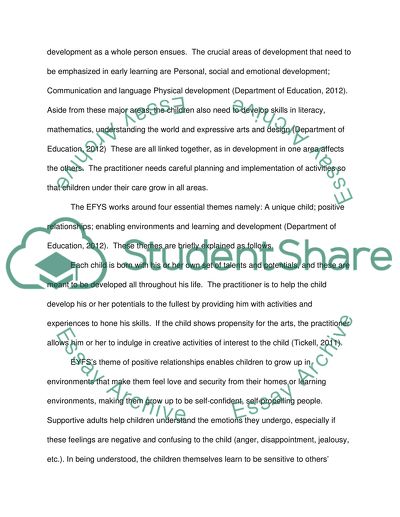Cite this document
(“A critical analysis of the Early Years Foundation Stage (EYFS) Essay”, n.d.)
Retrieved from https://studentshare.org/education/1403073-a-critical-analysis-of-the-early-years-foundation
Retrieved from https://studentshare.org/education/1403073-a-critical-analysis-of-the-early-years-foundation
(A Critical Analysis of the Early Years Foundation Stage (EYFS) Essay)
https://studentshare.org/education/1403073-a-critical-analysis-of-the-early-years-foundation.
https://studentshare.org/education/1403073-a-critical-analysis-of-the-early-years-foundation.
“A Critical Analysis of the Early Years Foundation Stage (EYFS) Essay”, n.d. https://studentshare.org/education/1403073-a-critical-analysis-of-the-early-years-foundation.


